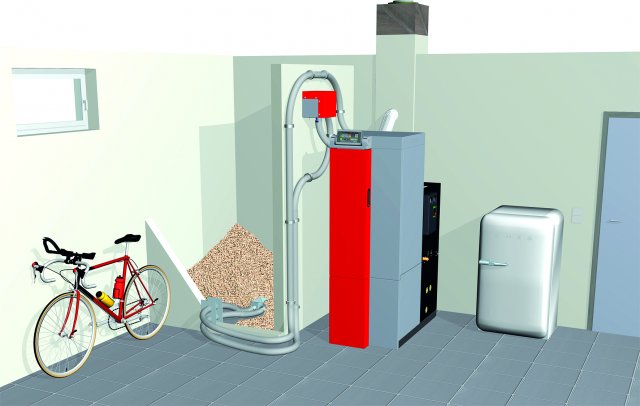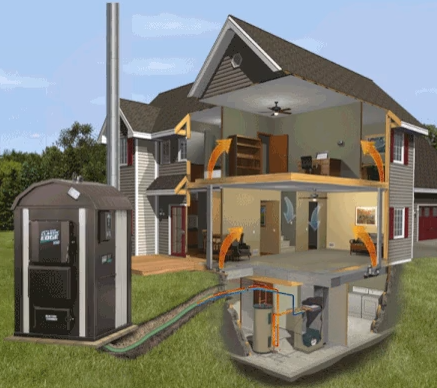Choosing the Right Hydronic Heater
- Hydronic heater basics
- Qualified vs. certified
- Check your state and local ordinances
- EPA-qualified hydronic heaters program (terminated)
Hydronic Heater Basics
Hydronic heaters are pressurized or unpressurized fluid-based heaters located either inside or outdoors. Hydronic heaters are also known as wood boilers, pellet boilers, outdoor boilers, and outdoor water stoves. They burn wood fuels such as cord wood, wood pellets, wood chips, or corn. Heat is transferred to either water or a water/anti-freeze solution, which is piped to the area to be heated. These types of heaters are used for homes, barns, greenhouses, and garages.


Qualified vs. Certified
The EPA-qualified voluntary program for hydronic heaters ended in 2015, and most hydronic heaters that are "qualified" under EPA's Voluntary Hydronic Heater Program are not "certified" per EPA's Wood Heater New Source Performance Standard. Contact your state or local air quality agency for clarification on the type of wood-burning appliances, if any, that may legally be installed in your area. Find EPA-certified hydronic heaters.
Check Your State and Local Ordinances
EPA-qualified Hydronic Heaters Program (terminated)
The Voluntary Hydronic Heater Program ended May 15, 2015. This information is for historical purposes only.
EPA's Voluntary Hydronic Heater Partnership Program was first launched in 2007, providing a process for manufacturers to demonstrate models that were 70 percent cleaner than unqualified models. The program goal was to achieve early emission reductions, protecting public health sooner than a federal regulation. The program evolved to Phase 2, and EPA-qualified units were up to 90 percent cleaner than older, unqualified units.
